 |
|||||||||||||||
Forrest Silas Petersen, 16 May 1922 to 8 December 1990 (68 years) X-15 Missions: 5 flights from 23 September 1960 to 10 January 1962 Highest Speed: Mach 5.30 (3,600 mph)xxxxxxxxxxHighest Altitude: 101,800 feet (19.3 miles) |
||
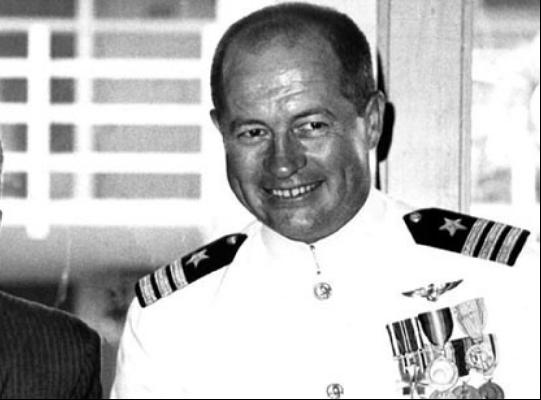 |
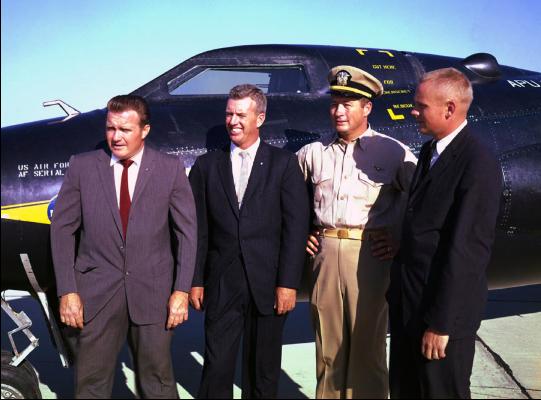 |
|||
Forrest S. Petersen, US Navy X-15 Pilot no. 4. Sheri McKay-Lowe collection |
Petersen (2nd from right) with NASA pilots McKay, Walker, and Armstrong. Cathie Godwin collection |
|||
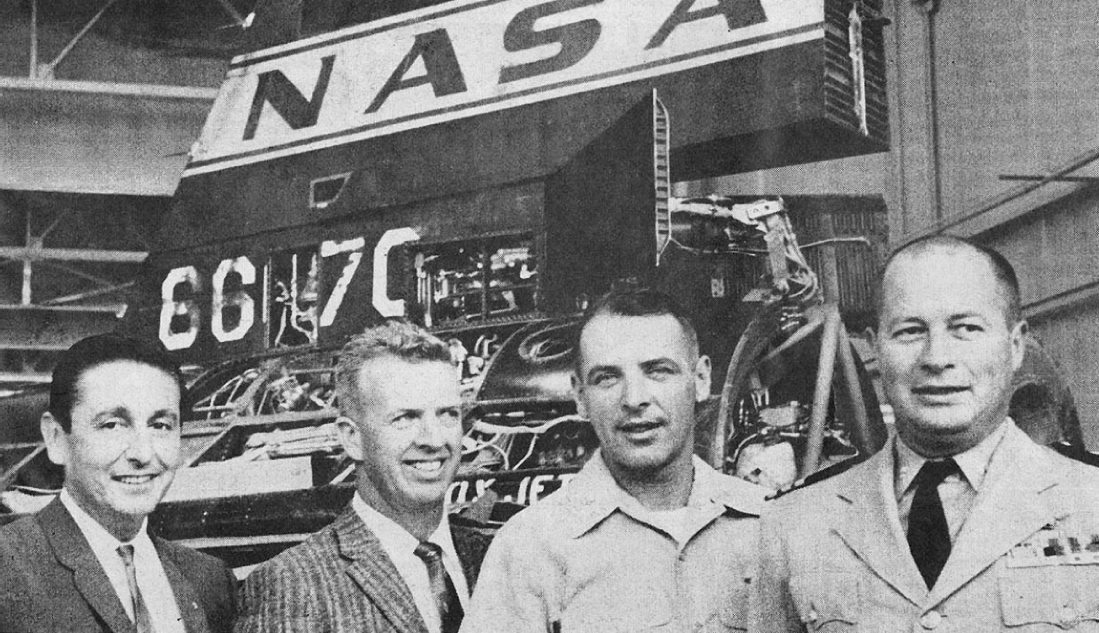 |
||
A rare photo of all four original primary pilots for the X-15: Scott Crossfield of North American Aviation, Joe Walker of NASA, Robert White of the US Air Force, and Forrest Petersen of the US Navy. author's collection |
||
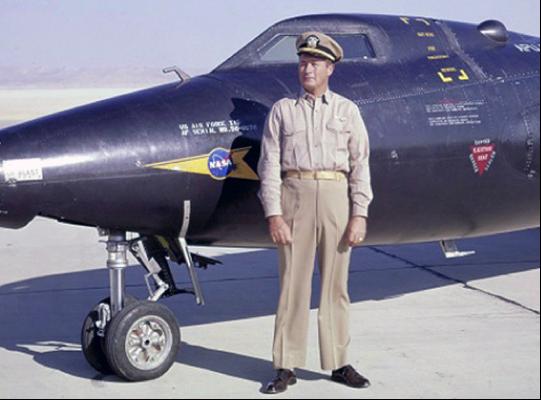 |
 |
|||
Petersen poses next to an X-15. Armstrong Flight Research Center |
Being hot in the desert, someone offered Pete a hat to keep him cool! author's collection |
|||
 |
 |
|||
The X-15s undergoing maintenance in the NASA hangar at Edwards AFB. TD Barnes collection |
Goofing around with Rushworth, McKay, Petersen, Walker, and Armstrong: Oct. 1960. Grace Walker collection |
|||
 |
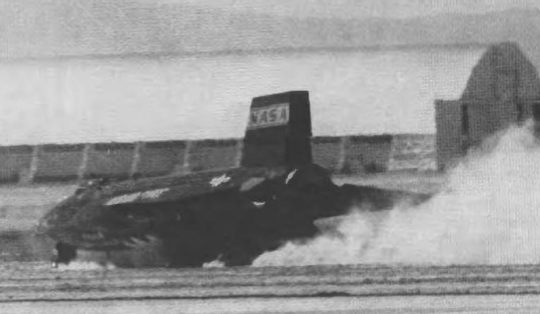 |
|||
Nose gear and rear skids are down and locked just feet abve the lakebed touchdown. Aviation Week & Space Technology |
Rolling across the surface of Rogers Dry Lake, the X-15 completes its landing. Aviation Week & Space Technology |
|||
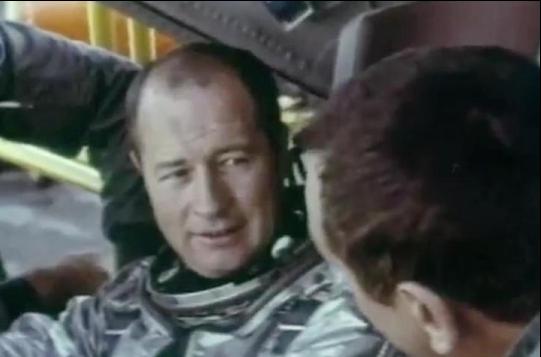 |
||||
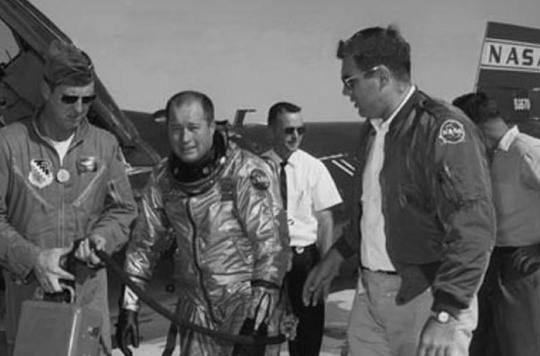 |
||||
Pete in the cockpit after another research mission on the X-15. author's collection |
Pete discussing the mission after his first flight on 23 Sep. 1960. author's collection |
|||
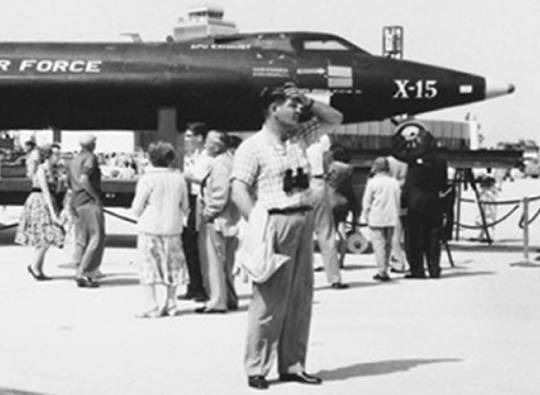 |
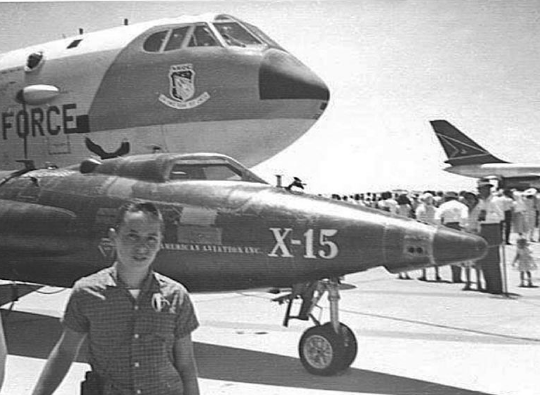 |
|||
(above and below) Four images from air shows at Edwards AFB in the early 1960s. The X-15 and its B-52 mothership on display, were always big draws for the crowds. author's collection |
||
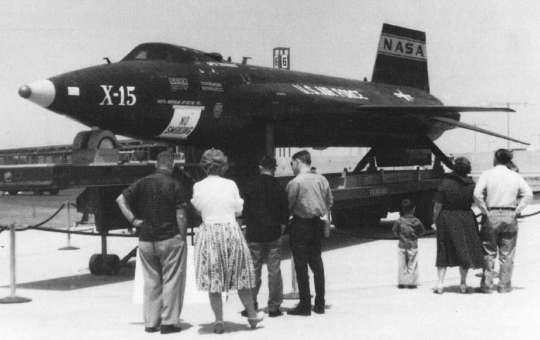 |
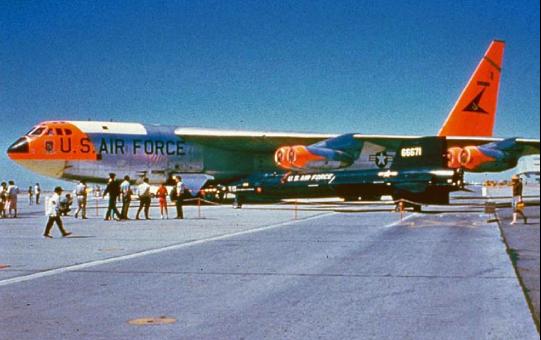 |
|||
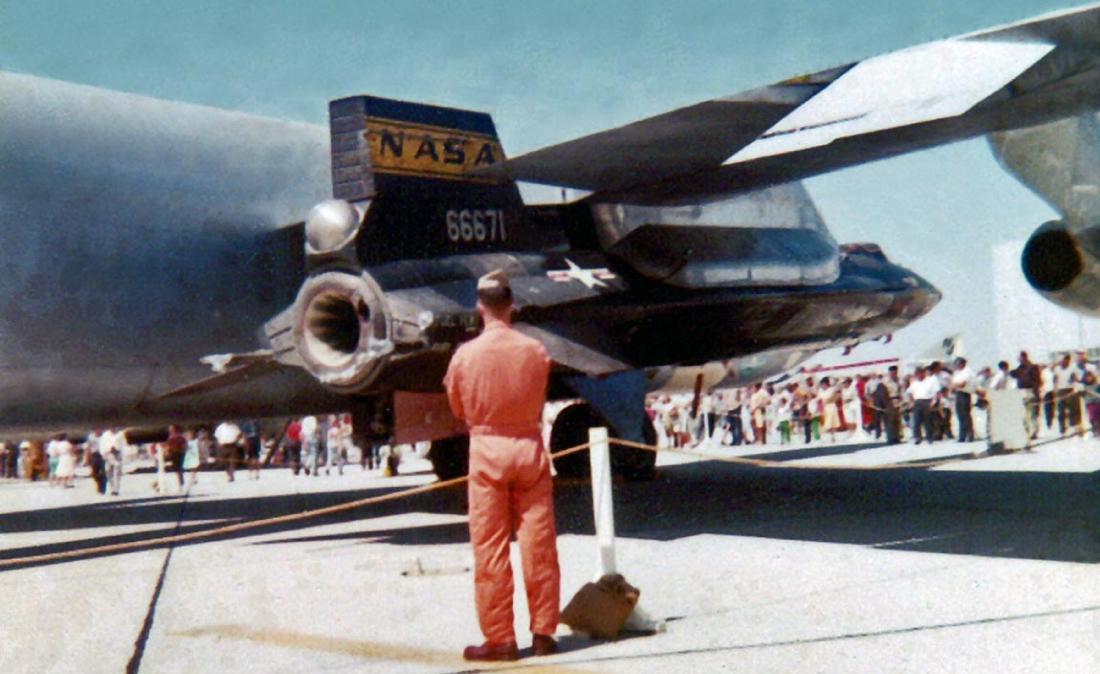 |
||
Aircraft no. 2 at another Edwards air show. This is unusual because the X-15 is already loaded on the B-52's wing pylon, possibly because a mission is imminent. author's collection |
||
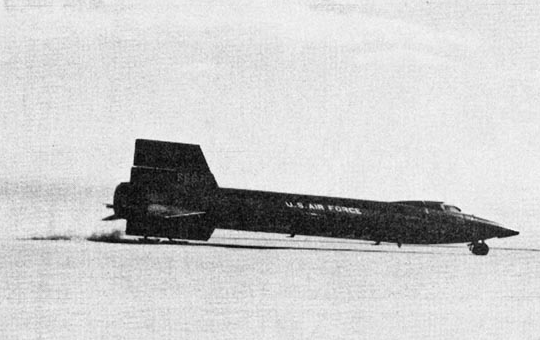 |
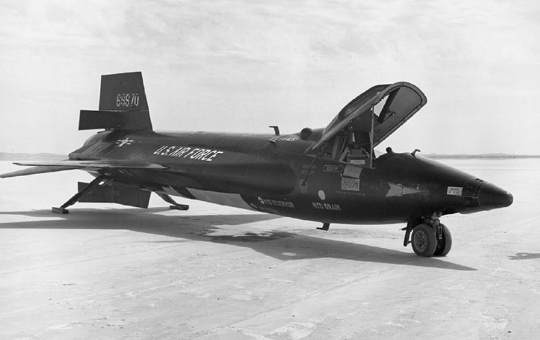 |
|||
Dust can be seen at the tail of X-15 no. 1 as it comes to a stop at the end of a mission. Armstrong Flight Research Center |
X-15 no. 1 sits for a portrait after all the postflight activities have been completed. Armstrong Flight Research Center |
|||
— Forrest Petersen gets promoted and flies the 41st mission of the X-15 — |
||
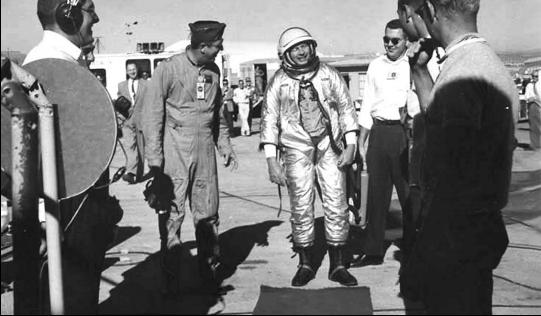 |
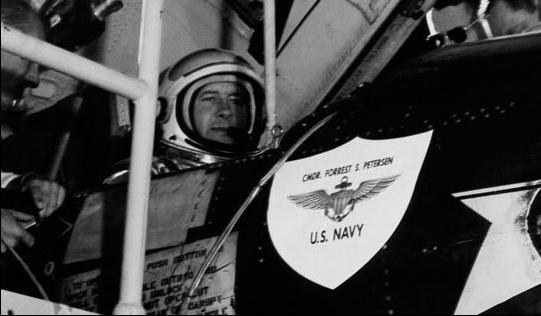 |
|||
Petersen received the red carpet treatment after his promotion to O-5 Commander in the US Navy for flight 2-19-35 on 28 Sep. 1961. Note the shield on the X-15 to celebrate. Dave Stoddard collection |
||
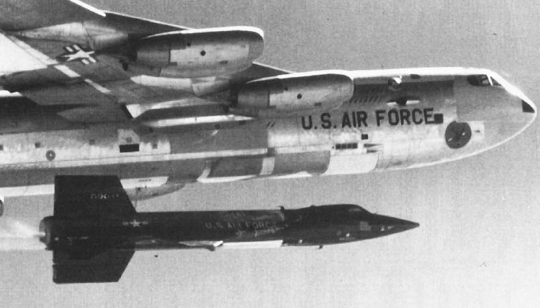 |
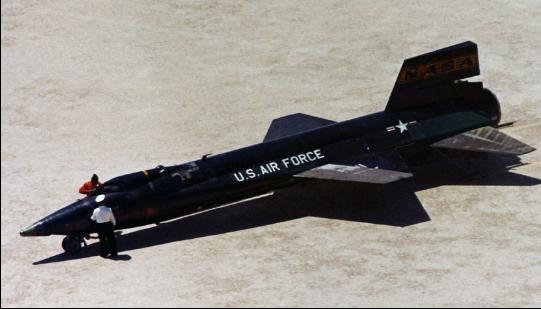 |
|||
X-15 no. 2 launches from B-52 no. 008 at 09:50:25. Armstrong Flight Research Center |
Arriving at the X-15 to help Petersen out of the cockpit after landing at 09:59:07. Edwards History Office |
|||
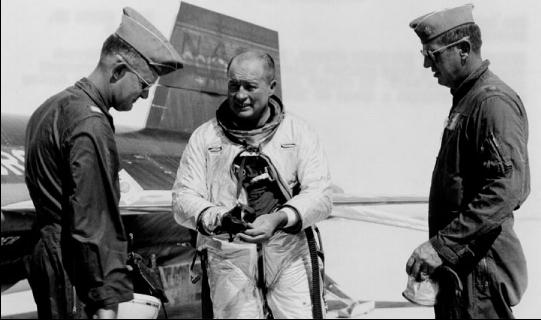 |
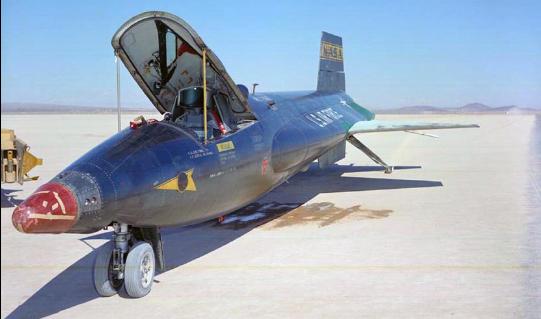 |
|||
Petersen meets with US Air Force pilots after the flight. NASA Headquarters |
The X-15 after Petersen exited the rocket plane at the end of his 4th flight. Armstrong Flight Research Center |
|||
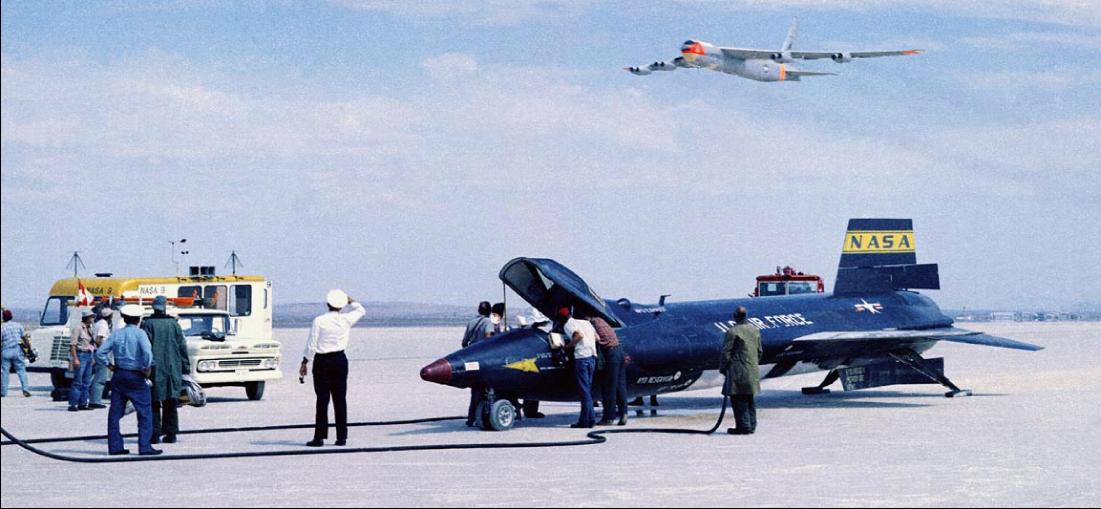 |
||
The B-52 mothership flies overhead in salute after Petersen's highest and fastest flight of Mach 5.30 (3,600 mph) at 101,800 feet. Armstrong Flight Research Center |
||
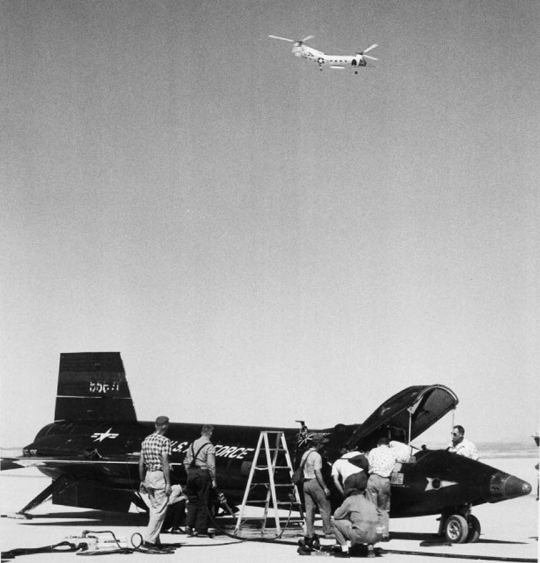 |
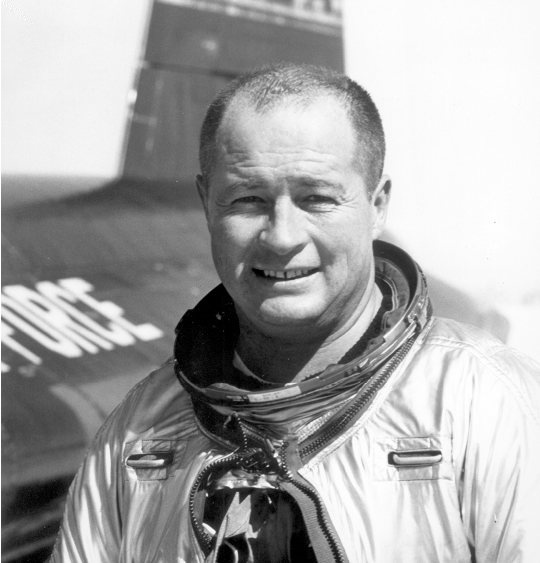 |
|||
Newly-minted US Navy Commander Forrest Petersen following his X-15 flight. Tony Landis collection |
||||
A Piasecki H-21 helicopter flies above the post flight ground crew operations. Armstrong Flight Research Center |
||||
— Operations following an emergency landing at Mud Dry Lake on 10 Jan. 1962 — |
||
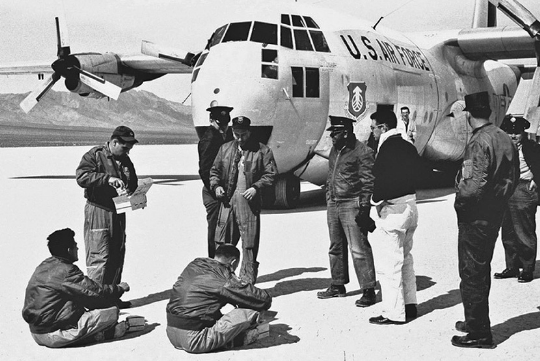 |
 |
|||
The Lockheed C-130 Hercules support crew awaits the possiblity of an emergency landing at Mud Dry Lake, about 10 miles outside Tonopah, Nevada. Their pre-positioning meant they were ready when Petersen had to cut his flight short. A series of dry lakebeds along the High Range corridor served the program well. Armstrong Flight Research Center |
||
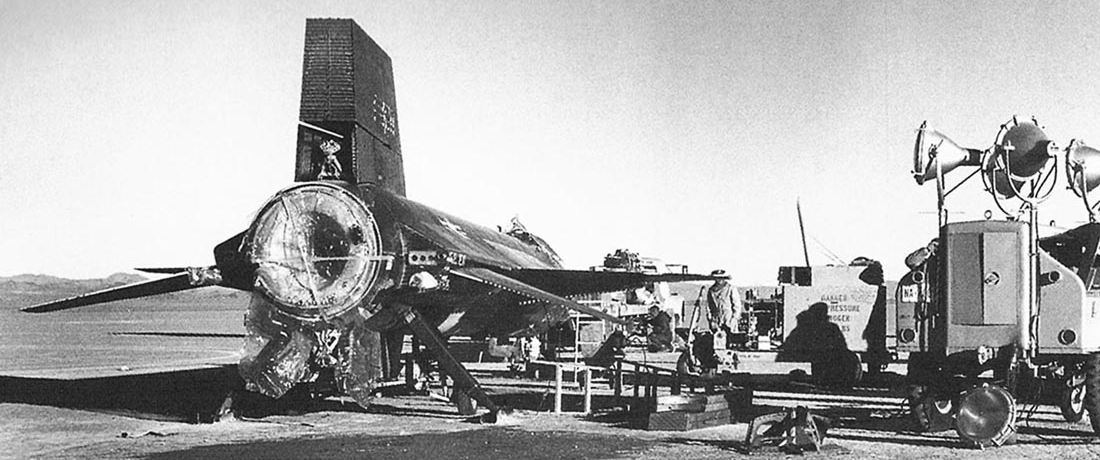 |
||
Working on X-15 No. 1 to prepare for its return to Edwards following the Mud Lake emergency landing on mission 1-25-44 on 10 Jan. 1962. This was Petersen's 5th and final flight in the program, and the first rocket plane to ever land outside the Edwards area of Rogers or Rosamond Dry Lakes. Armstrong Flight Research Center |
||
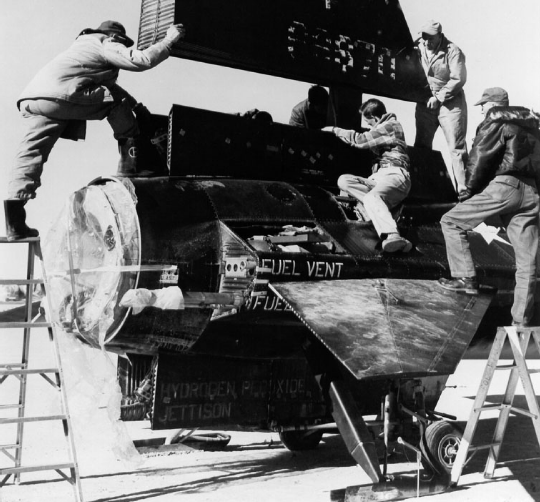 |
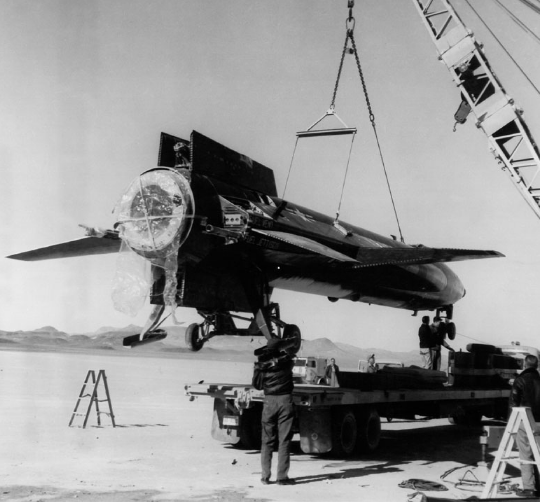 |
|||
Removing the upper tail from X-15 no. 1 after emergency landing at Mud Dry Lake. NASA Headquarters |
Loading the X-15 onto the flatbed truck for transport back to Edwards. NASA Headquarters |
|||
 |
||||
 |
||||
Trucking the X-15 overland through the back country of Nevada. Armstrong Flight Research Center |
||||
Loaded and ready to depart Mud Dry Lake. NASA Headquarters |
||||
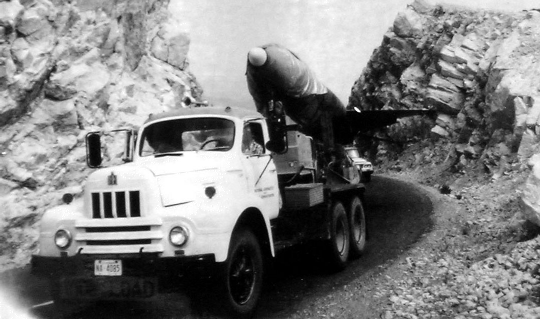 |
 |
|||
Winding and narrow mountain roads were a hazard on the trip home from an emergency landing. Ed Nice collection |
||
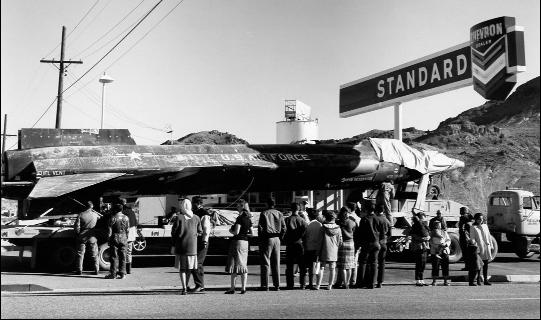 |
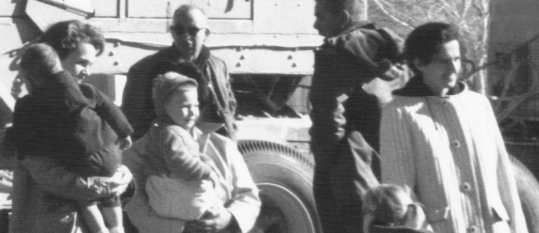 |
|||
(left) Taking a rest break in Beatty, Nevada, on the way home to Edwards. In this photo most people are checking out the X-15, but toward the front are several women and their kids facing outward as their husbands take their photos with the X-15 as a backdrop (enlargement above). If anyone can identify these families, I would love to find a copy of their personal photos to add to this collection, so email me a note. Armstrong Flight Research Center |
||||
 |
||
Two vastly different modes of transportation. Armstrong Flight Research Center |
||
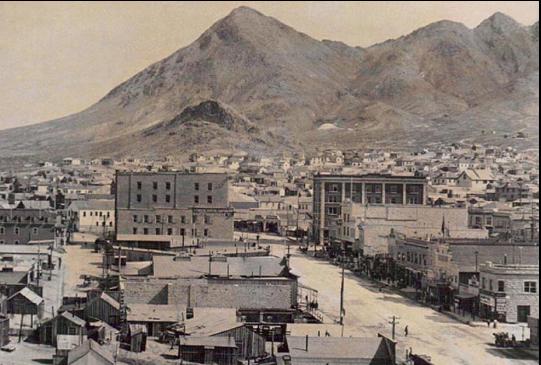 |
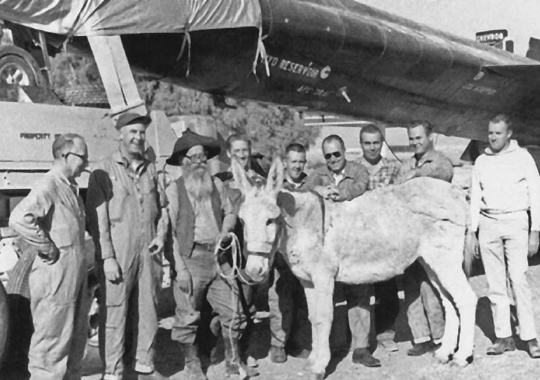 |
||||
Tonopah, Nevada, 1914. It looked much the same in the 1960s during the X-15 days. The support crew for emergency landings at Mud Dry Lake would stay at the Mizpah Hotel, which is the tall building on the right side of the street. author's collection |
|||||
The mule and his owner from the covered wagon photo above, get their photo taken with the X-15 recovery crew from Edwards AFB. author's collection |
|||||
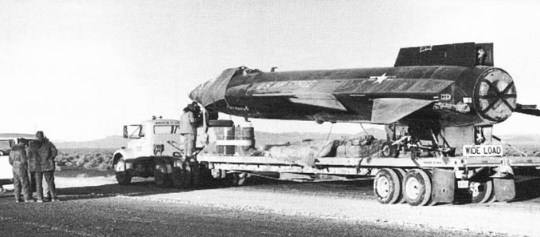 |
||||
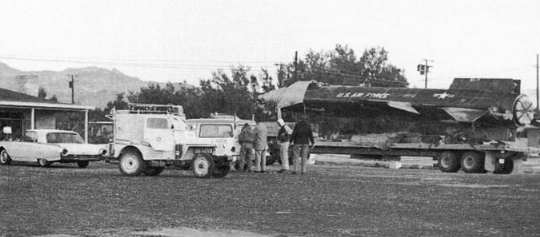 |
||||
Sometimes the trip home would require an overnight stay. Imagine waking up and going out to your car, only to find a rocket plane in the parking lot! author's collection |
||
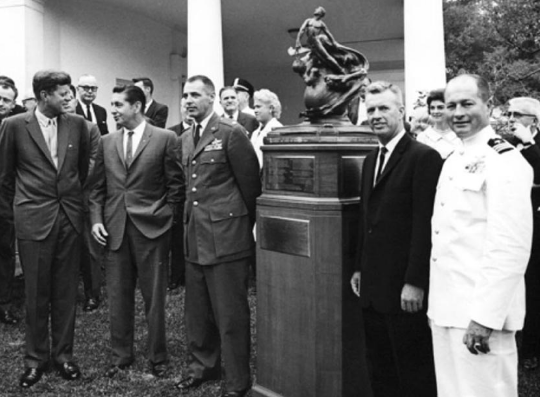 |
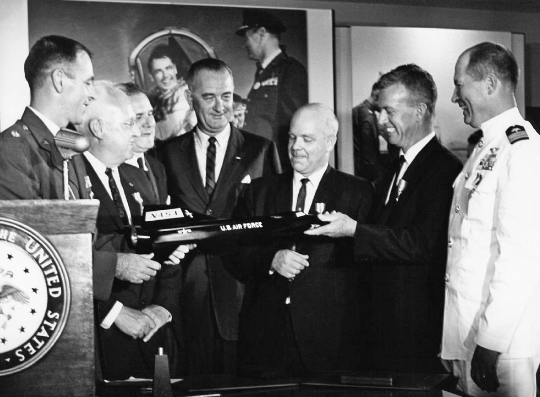 |
|||
Collier Trophy ceremony at the White House on 18 Jul. 1962. President John F. Kennedy with Scott Crossfield, Robert White, Joe Walker, and Forrest Petersen. NASA Headquarters |
After the official ceremony with JFK, White, Walker, and Petersen meet Vice President Lyndon B. Johnson. X-15 Program Manager Paul Bikle is between LBJ and Walker. NASA Headquarters |
|||
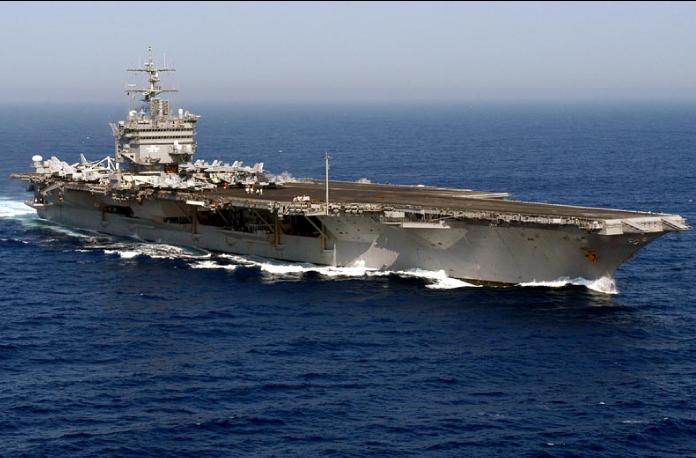 |
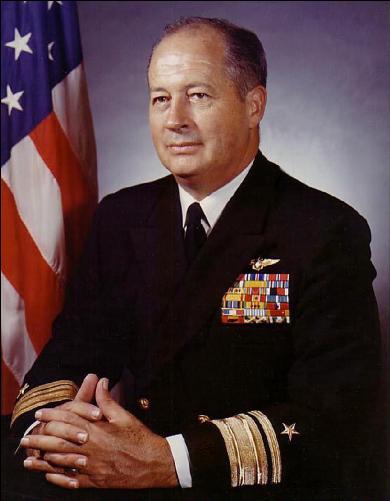 |
|||
From January to December 1971, Forrest Petersen served as the commander of the USS Enterprise (CVN-65). He then went on, as a Rear Admiral, to serve as the commander of Task Force 60 (right). author's collection |
||||